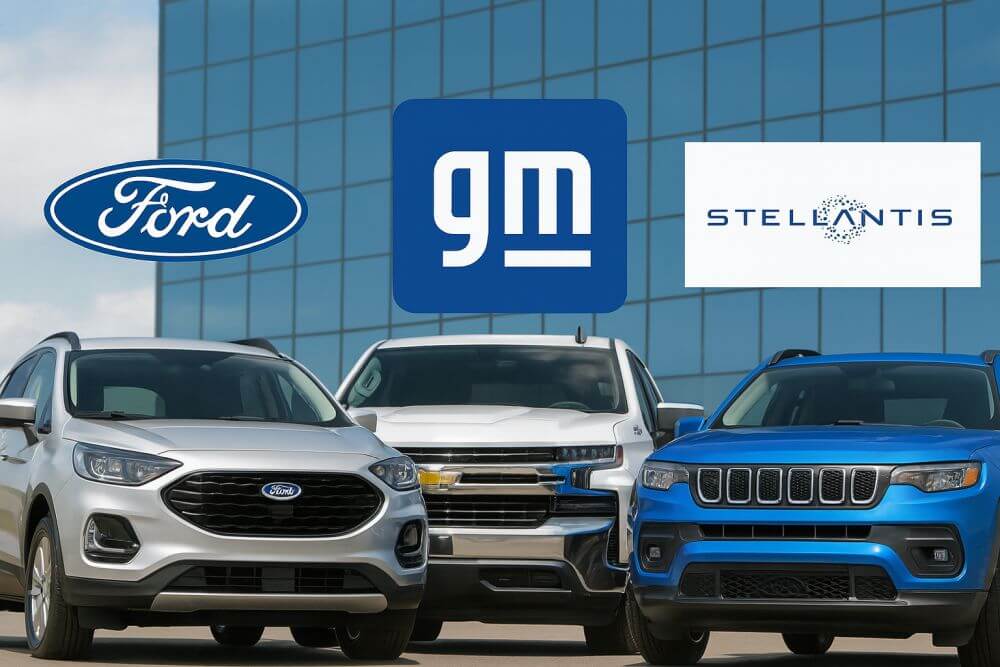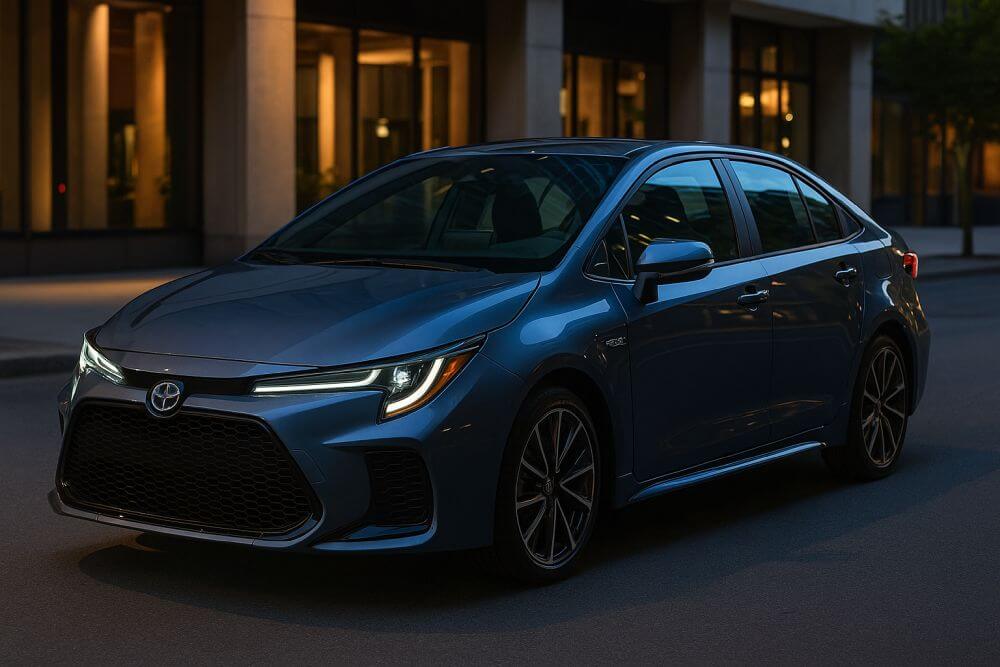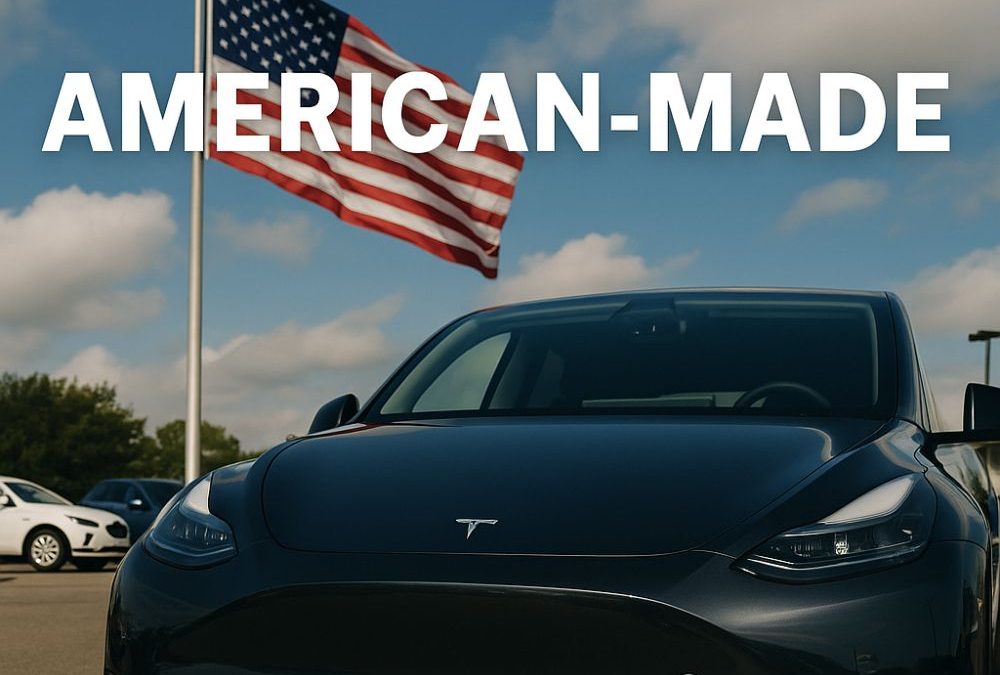Self-driving cars are a closer reality than ever before, thanks to automakers and technology companies racing to the autonomous start line. Just last month, Uber debuted their fleet of self-driving Volvos throughout Pittsburgh (although you’ll still spot a driver inside “supervising” the autonomous vehicles), and the highly anticipated government approval of guidelines for self-driving vehicles was another positive win for the future. This free car report highlights other tremendous strides on the side of cars that drive themselves.

It’s Official: The Government Thinks Autonomous Cars are Safer
In September, the federal government’s auto safety regulators officially sided with the theory that American roads will be safer with more automated cars than human driven ones. In 2015, almost 40,000 mortalities were from car collisions, reaching the highest number since 2008 – and the biggest year-over-year percentage increase in the last half century, according to the National Safety Council. Another 4.4 million people were seriously injured, and all of this data can be accessed through free car reports and free VIN reports. The director of the National Economic Council, Jeffrey Zients, stated, “We envision in the future, you can take your hands off the wheel, and your commute becomes restful or productive instead of frustrating and exhausting…[saving] time, money and lives.”
The Department of Transportation unveiled a 15-point safety assessment guideline to bring the nascent cars into mainstream traffic. The guidelines called for regulations regarding digital security, communication between cars, passenger privacy, contingency plans for failures in driverless cars, and how passengers will be protected in car crashes. The balance between the guidelines and freedom for innovation allows the car manufacturers to continue developing their research and technology, while starting to build the framework for local, state, and federal regulations in this new space of autonomous driving. This is all good news for the future of free VIN check and free car reports, which will hopefully be more accident free.
Volvo: Safety First and First to Autonomy

Uber’s debut of autonomous vehicles hit Pittsburgh streets with Volvo XC90s, and the carmaker continues to conduct trials to perfect the technology. In Sweden, engineers are currently controlling and driving the autonomous vehicles, but in 2017 or 2018, families will be given the cars from whom Volvo will collect driving data for their software based upon real-road conditions. A similar research model will launch in London in 2017 as well. The free car reports will be incredibly interesting to study, as realistic data is inputted into the training of the AI of autonomous vehicles.
Initially, the cars are semi-autonomous, with human driers having control over the steering, brakes, and throttle. As the research progresses, the cars are expected to go completely autonomous on roads and highways.
Volvo, known for its focus on safety throughout the decades, is hedging its bets on the safety of autonomous vehicles, which will show through its free VIN reports. The president and chief executive of Volvo, Hakan Samuelsson, said, “autonomous driving represents a leap forward in car safety. The sooner [autonomous driving] cars are on the roads, the sooner lives will start being saved.”
Mercedes Benz Rolls out Autonomous Luxury

Carmakers across the entire price gamut are betting on autonomous driving, and Mercedes Benz is no exception. The Mercedes F 015 is asserted to be the highest level of technology and luxury in a self-driving vehicle, and the spacious styling certainly fits the bill.
“The car is growing beyond its role as a mere means of transport and will ultimately become a mobile living space,” according to Dr. Dieter Zetsche, Chairman of the Board of Management of Daimler AG and Head of Mercedes-Benz Cars. This philosophy is seen both outside and inside the self-driving car, which frees its passengers to enjoy the ride rather than drive the road. The interior of the autonomous vehicle concept is designed more like a lounge than a car, with four seats that can swivel and face each other for conferences or meals.
A Printed 3D Autonomous Car
Just when you were growing accustomed to the concept of driverless cars, Local Motors is taking it to the next level by combining it with 3D printing technology. Imagine pulling up the free VIN report on that model!
In a recent Essence of Autonomy Challenge, hosted by Local Motors and Mouser Electronics, designers were encouraged to create features that would be included in Local Motors next car. The winner of the competition was Grant Imahara’s FLY-MODE, a design that would synthesize the car cabin with a cockpit, along with integrated drone launching technology. Using the video screens and internet inside the autonomous car, the driver can connect with the footage of a flying drone, thus giving the illusion that the car cabin indeed is transformed into a cockpit.
While still working on the autonomous version, Local Motors is making its driver-operated LM3D Swim 3D printed car available to the public at the end of 2016. This car is made 75% of 3D printed parts that are a blend of ABS plastic and carbon fiber.
What About Emergency Sirens?
So much remains to be programmed and developed in the artificial intelligence of self-driving cars, but Google has solved the issue of how autonomous vehicles will respond to first responders with a new patent. Through this real-time system, the autonomous car will recognize the flashing patterns unique to the lights on first responder vehicles. The pattern of flashing lights will be a signal to the self-driving vehicle to respond appropriately, such as pulling over to the side of the road.
Tiers of Driving
The NHTSA has now categorized vehicles into four levels for different VIN check free. Level 0 cars have “complete and sole control of the primary vehicle controls – brake, steering, throttle, and motive power – at all times.” These automobiles have no assistance in their steering, braking, or any other driving functions. Imagine a very basic car with no technology features, including cruise control.
Level 1 cars have “one or more specific control functions” which could be brake assistance or stability control. These are most of today’s cars on the road, with an increased level of assistance in steering, braking, stability, and/or cruise control.
Increasing in assistance scale are Level 2 cars, which have “at least two primary control functions,” which could include cruise control that have autonomous features, such as adaptive sensing that keeps the car at a distance from other vehicles. Tesla’s AutoPilot program would fall into this category.
Level 3 cars are the newest breed of automobiles coming onto the streets, and Uber’s new autonomously driving Volvos in Pittsburgh fit in this category. Vehicles in this level “enable the driver to cede full control of all safety-critical functions under certain traffic of environmental conditions.” The driver is expected to be in the vehicle, but more as a monitoring role and given enough time to take over control of the car on occasion. So far, the experience is boding well for passengers, and we expect positive results to show up on VIN check free for their Volvos.
Finally, Level 4 vehicles are the truly self-driving cars, which can operate completely autonomously to reach an inputted destination and do not even require a driver or steering wheel. These are the cars automakers and technology companies are racing to develop, with the first commercial fleets expected to hit the asphalt within five years.
What’s Next? From Cars to Planes!
Now that we are becoming acclimated and excited about the future of driverless cars, what’s next? Ahead on the horizon are pilotless airplanes! According to Tim Robinson, the editor-in-chief of Aerospace Magazine from the Royal Aeronautical Society, “So with pilots relying on autopilots for 95% of today’s flights…why not make the final 5% — take-off and landing – automated?” In speaking with the BBC, Robinson shares that in a debate held by the Royal Aeronautical Society, which included airline representatives, scientists, pilots, and engineers, the motion was won 60 votes to 40 that “there would be no need for pilots in 40 years.”
What could be next? Self-driving motorcycles? Imagine conducting a motorcycle VIN check on an autonomous bike! The future is always closer and faster than we think.


